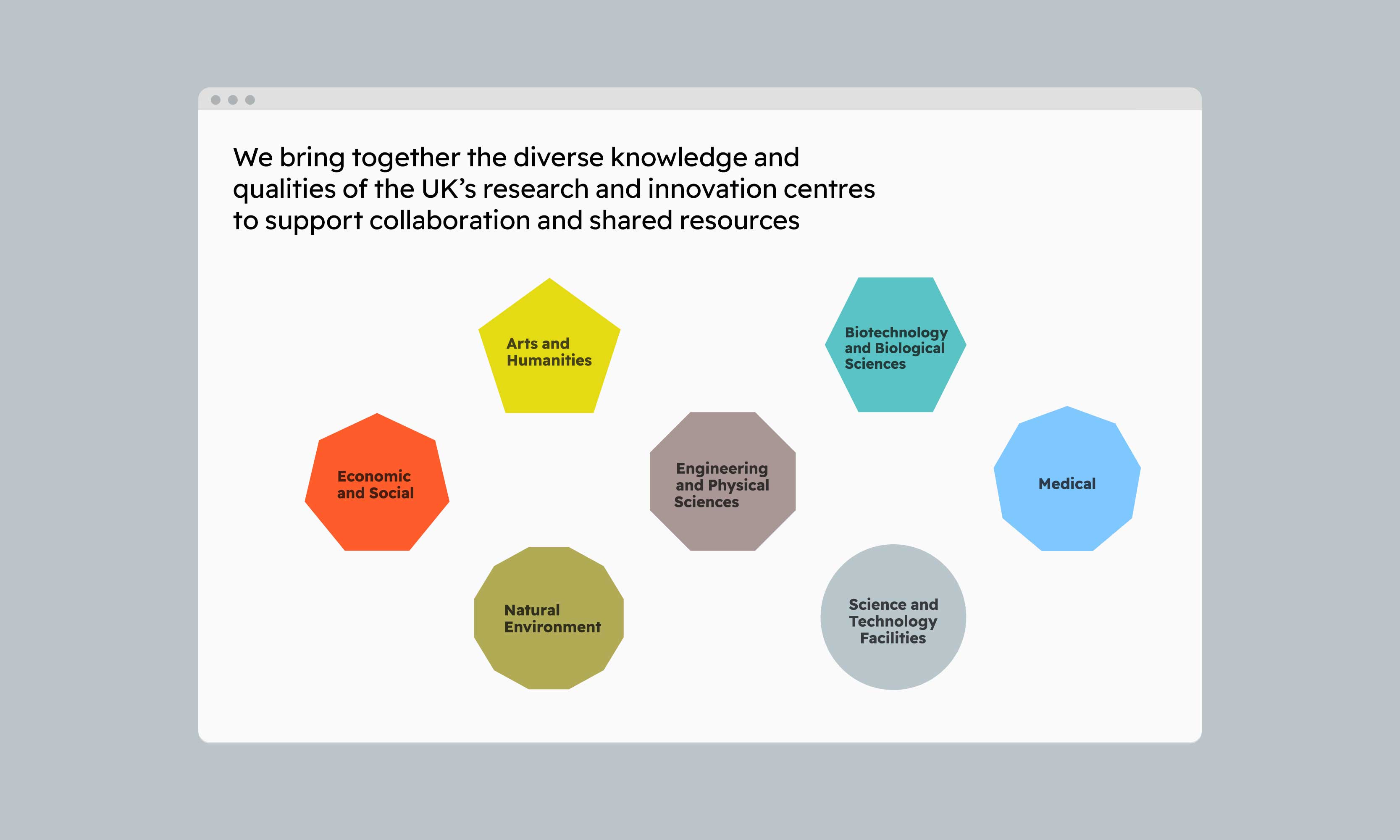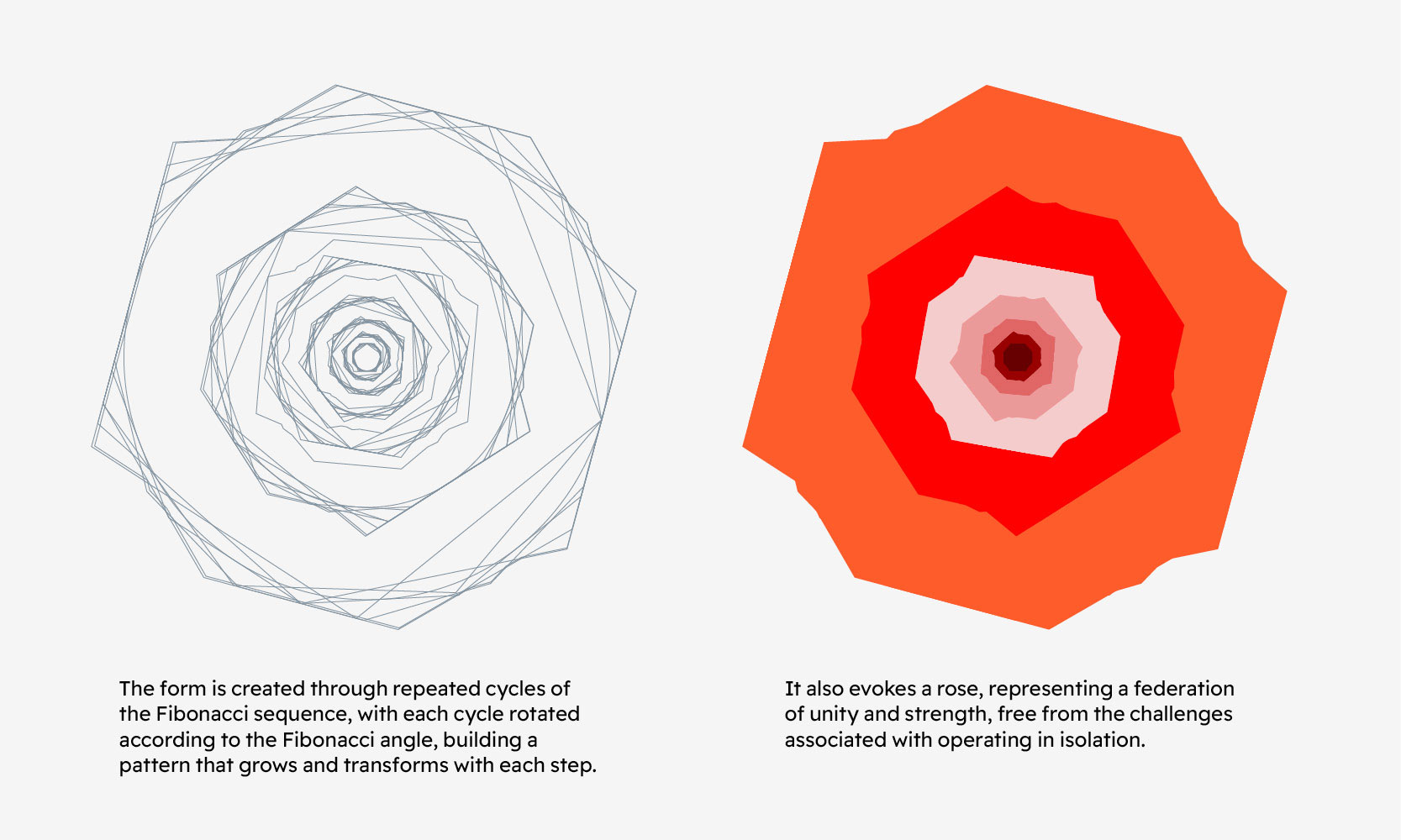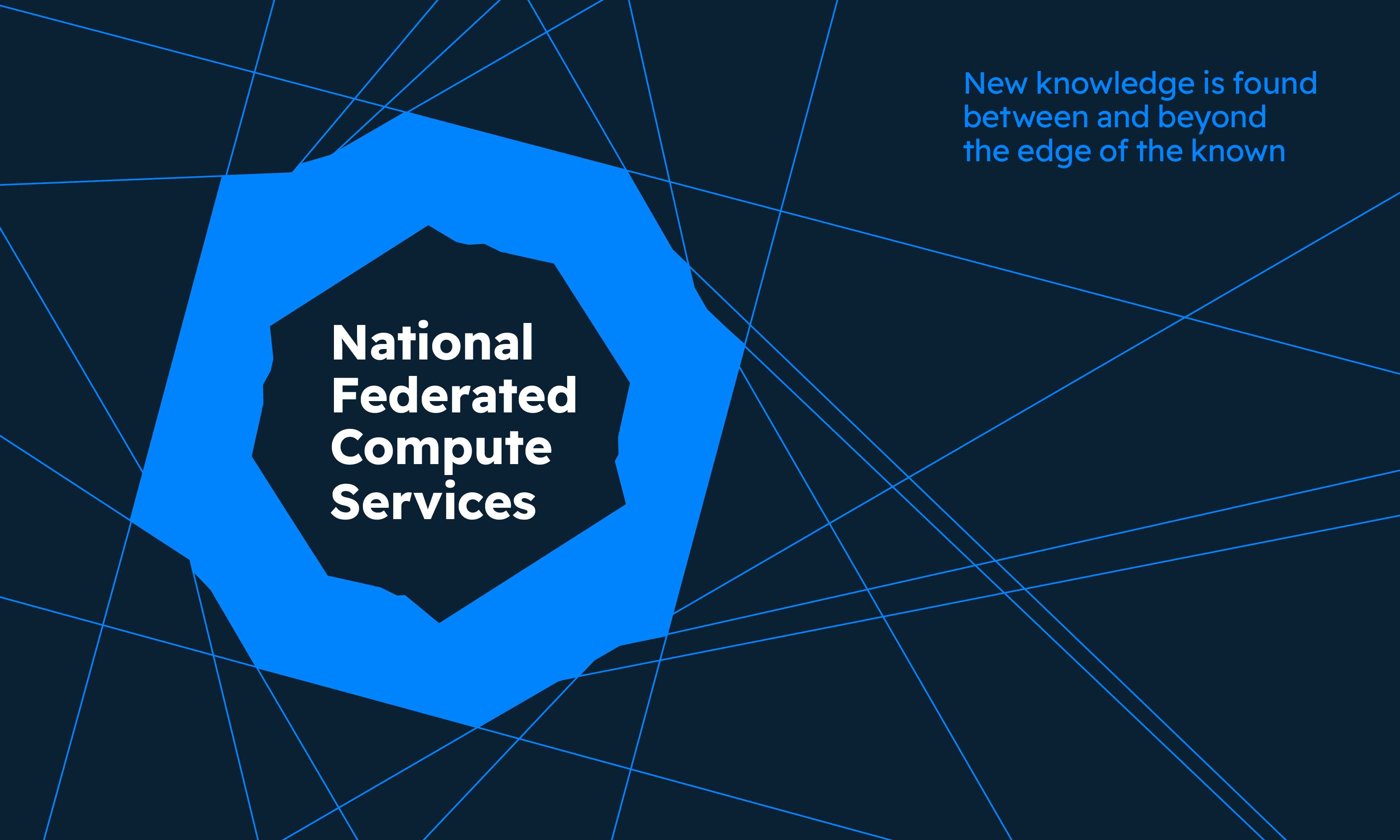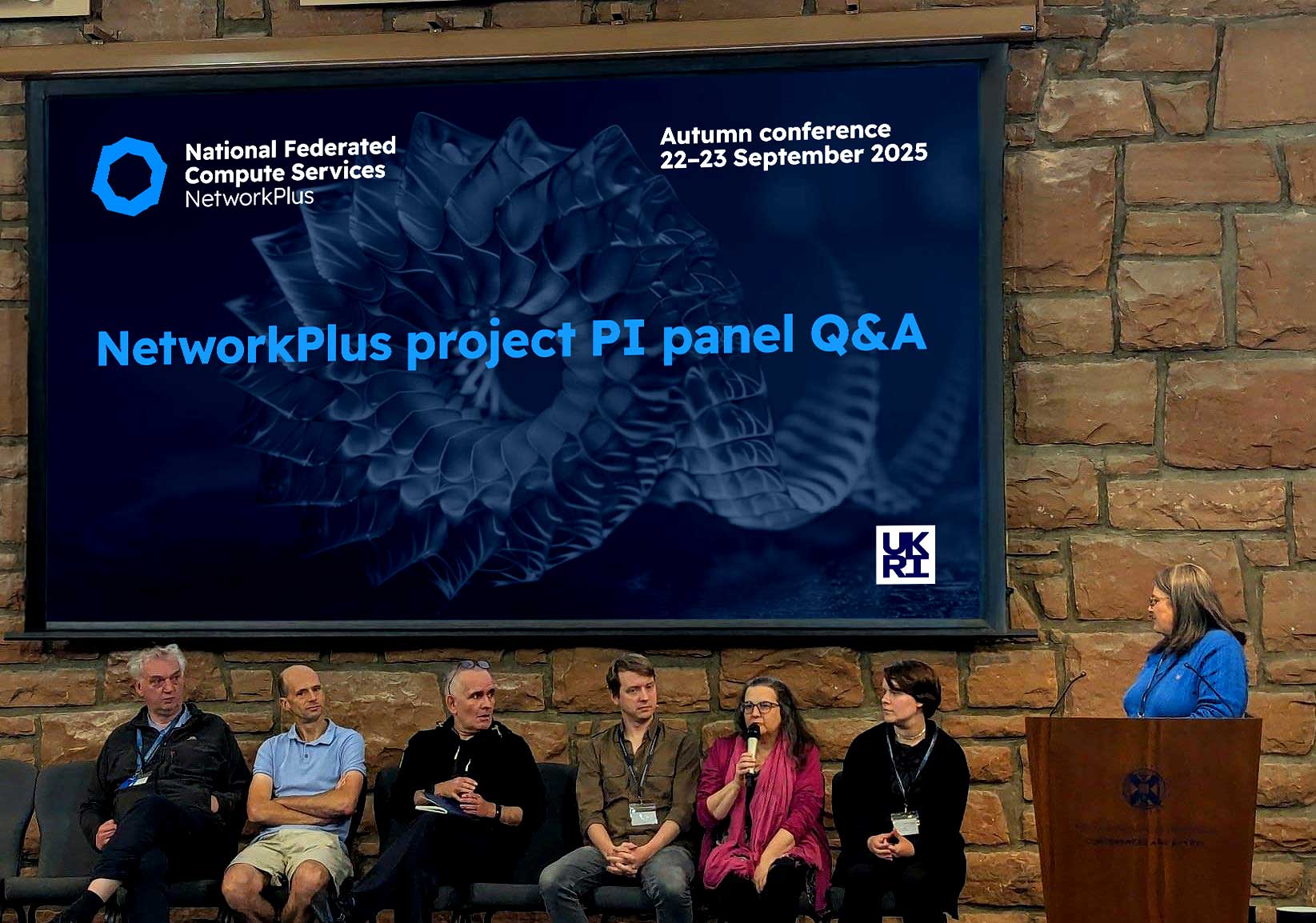
Imagining the UK’s research infrastructure as a shared commons.
That’s the challenge and invitation behind our work with Professor Jon Hays, John Masih and colleagues across the UKRI’s National Federated Compute Services’ NetworkPlus grant – an initiative to shape the future of computational research infrastructure across the UK.
We’re helping to create a visual identity and website that makes this ambitious collaboration feel future facing, ethical and truly interdisciplinary.



From climate modelling and cancer research to AI and the arts, the UK’s research community increasingly relies on large-scale computing. But the systems behind it can feel siloed, invisible and disconnected - even to those working on the inside.
The National Federated Compute Service aims to change that by building a federated ecosystem that transcends disciplines, enabling new knowledge at the intersection of science, technology, health, the environment and the humanities.
We’ve worked with the team to develop an identity system and website that defines and reflects the initiative’s values:
The identity draws inspiration from Fibonacci numbers and patterns as well as Alan Turing’s work on morphogenesis and even the use of flower symbols in the original city federations – visual metaphors that reflect complexity, growth and natural organisation. It uses a bright, confident colour palette and strong typography to translate that thinking into an accessible, recognisable system that brings together the different research councils across the UK.


The website will serve as a national hub to:
We’re designing it with the team to be clear, intuitive and accessible for everyone from policymakers to postdocs.
We’ve also developed a visual language rooted in natural and generative systems and a practical identity guide to support consistency and collaboration across the network.
We are now developing resources for the National Federated Compute Services Network Plus Autumn Conference 2025 along with communications for the next funding call.



How do we show that computing isn’t just technical, but cultural – a place where collaboration shapes the future?
New knowledge is found beyond – and between – the edge of the known.
If you’re exploring the edges of science, systems or society – and wondering how design can support that work – we’d love to hear from you.